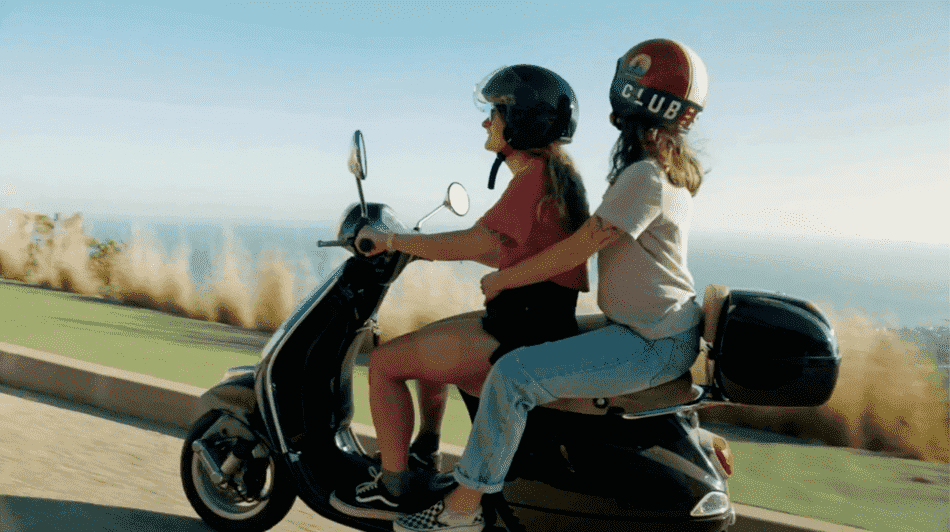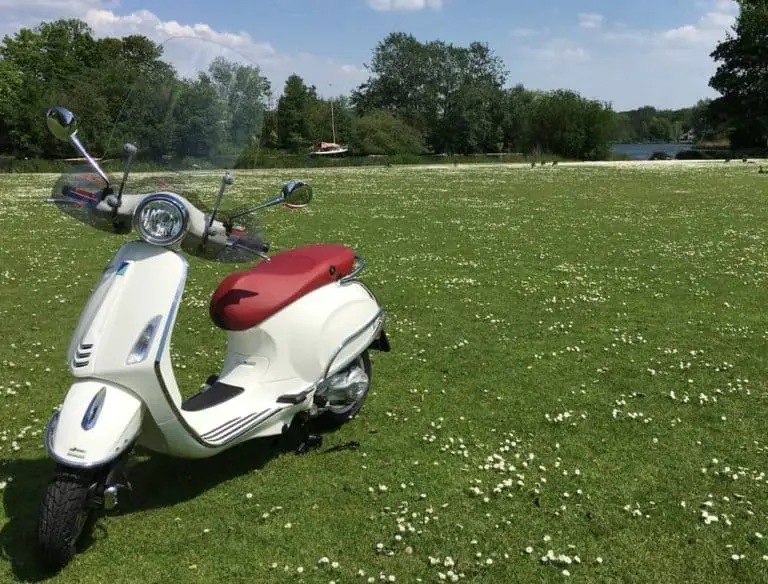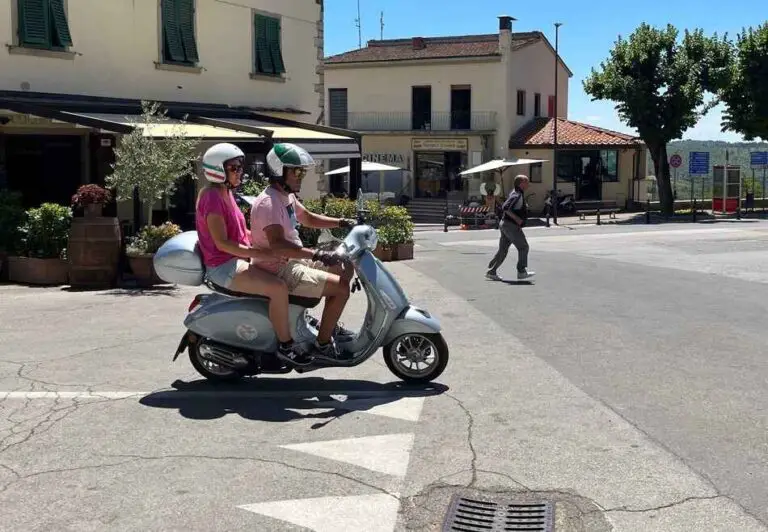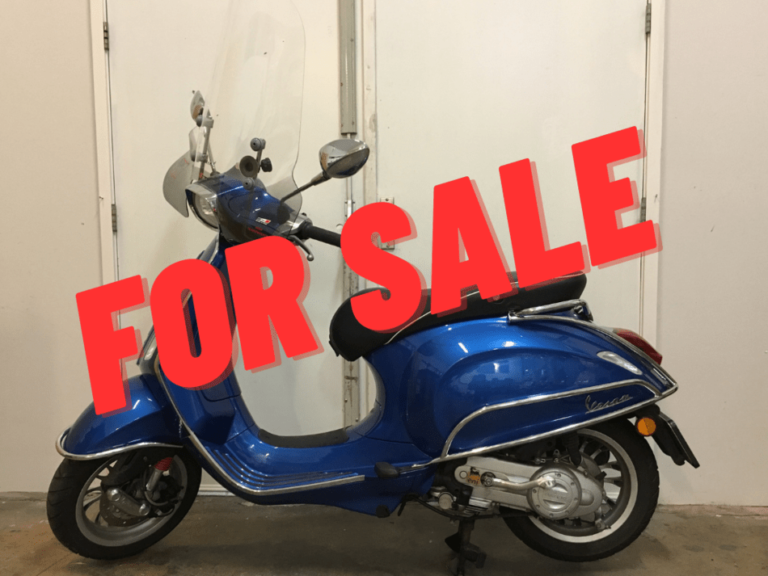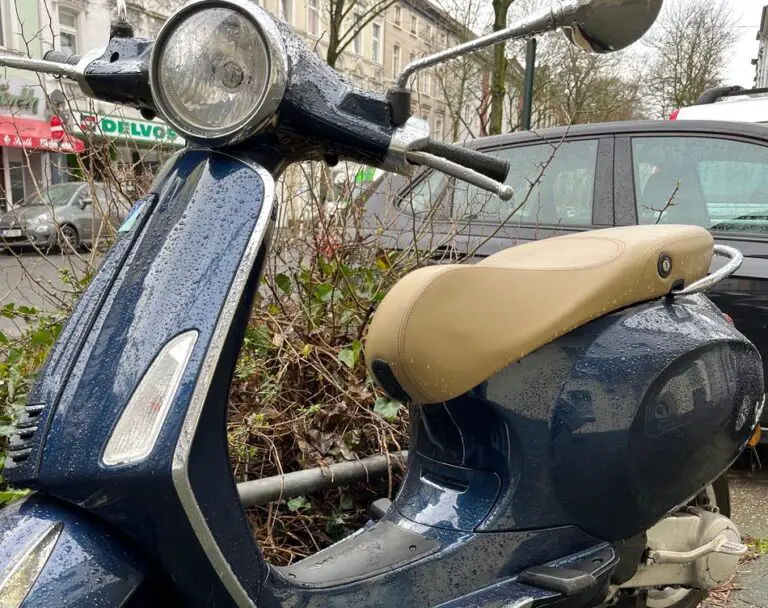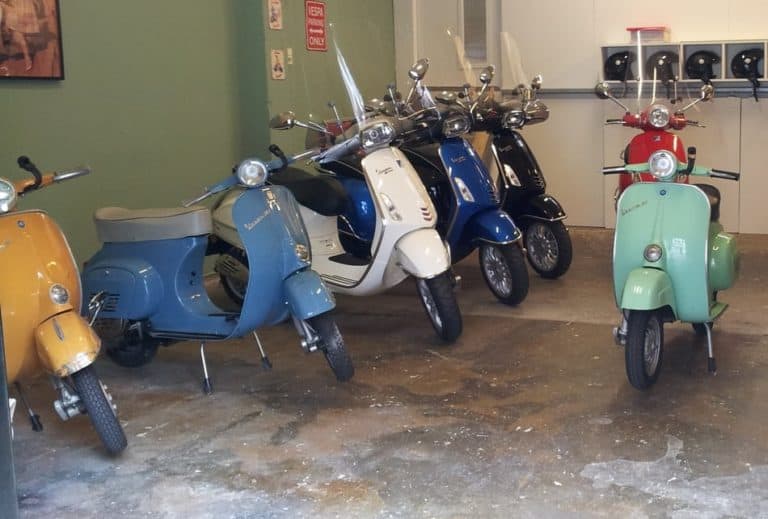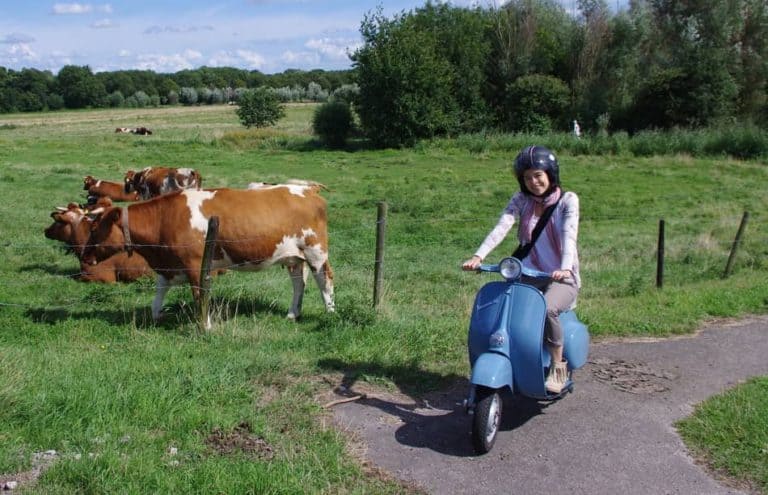Can A Vespa Go Uphill? Exploring Power And Performance
We all know Vespas for their sleek design and smooth city maneuverability, but how do they handle steep hills or rugged terrains? The Netherlands is a flat country, so we hardly need to tackle a steep hill when touring around on our Vespa. But what if you need to go uphill? The answer to this question can determine if a Vespa might be for you or not.
A Vespa can go uphill depending on various factors such as engine power, rider experience, weight distribution, and terrain. A Vespa 50cc may be limited on steep inclines compared to Vespas with a 150cc engine or higher as these have an increased engine capacity that provides more power and torque.
For years, riders have proven that the Vespa can endure all types of driving types of terrain. The classic Vespa has particularly been famous for driving from one continent to another.
Also when we were traveling along the east coast of Italy, we saw many classic Vespas driving uphill from the beach coves back to town.
But how about the modern Vespa? While these Vespas, generally speaking, may not be specifically designed for off-road adventures or extreme inclines, they are more than capable of navigating moderate uphill slopes.
So let’s have a closer look at the modern Vespas and the important factors that influence the speed and power of driving uphill.
Which Vespa Models Can Handle Uphill Terrain?
Limited Power on Steep Inclines
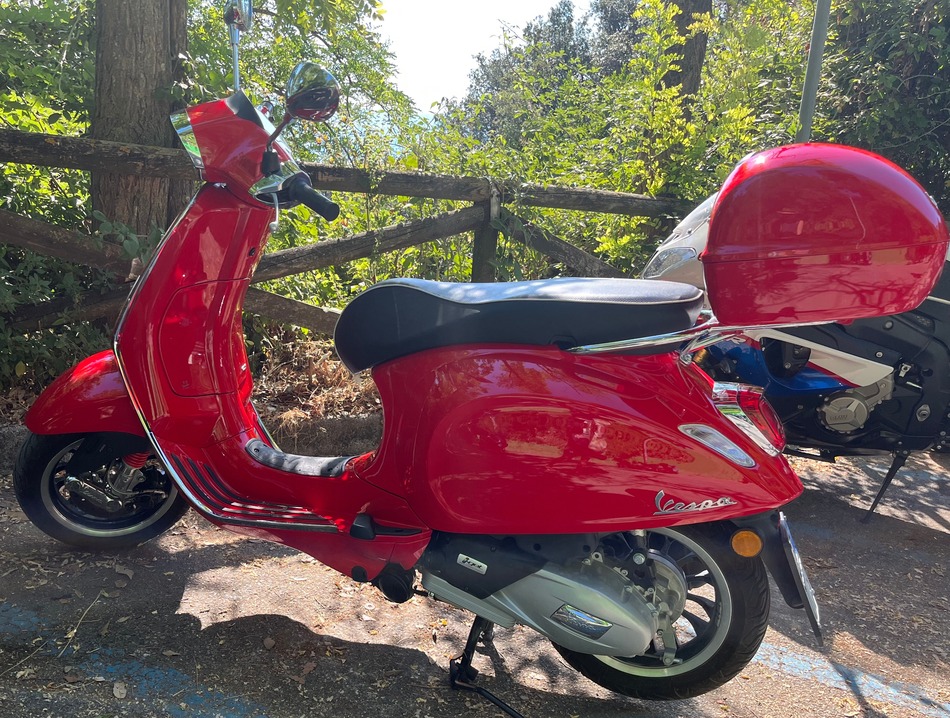
If you’re considering a Vespa for your daily commute or leisurely rides, it’s important to understand how these iconic scooters handle uphill terrain. The Vespa Primavera 50, LX 50, or Sprint 50 have a smaller engine displacement and are designed primarily for urban environments and short distances, where flat or slightly inclined roads are the norm.
When riding a Vespa with a 50cc engine up a steep hill, you may experience a decrease in speed and power. The lower horsepower of these models can make it challenging to maintain high speeds on uphill slopes. However, this doesn’t mean that Vespas with 50cc engines cannot conquer hills altogether. With some patience and skillful maneuvering, it is still possible to navigate moderate inclines.
More Power for Moderate Uphill Terrain
If you frequently encounter hilly areas during your rides, upgrading to a Vespa with a 150cc engine displacement or higher would be a wise choice. With the additional horsepower provided by the larger engine, Vespas with a larger engine displacement can tackle steeper inclines without sacrificing too much speed or stability.
Whether you’re commuting through hilly neighborhoods or exploring scenic routes with rolling landscapes, the Vespa Primavera 150, LX150, Sprint 150, or any GTS model will provide you with greater confidence and control when conquering steep hills.
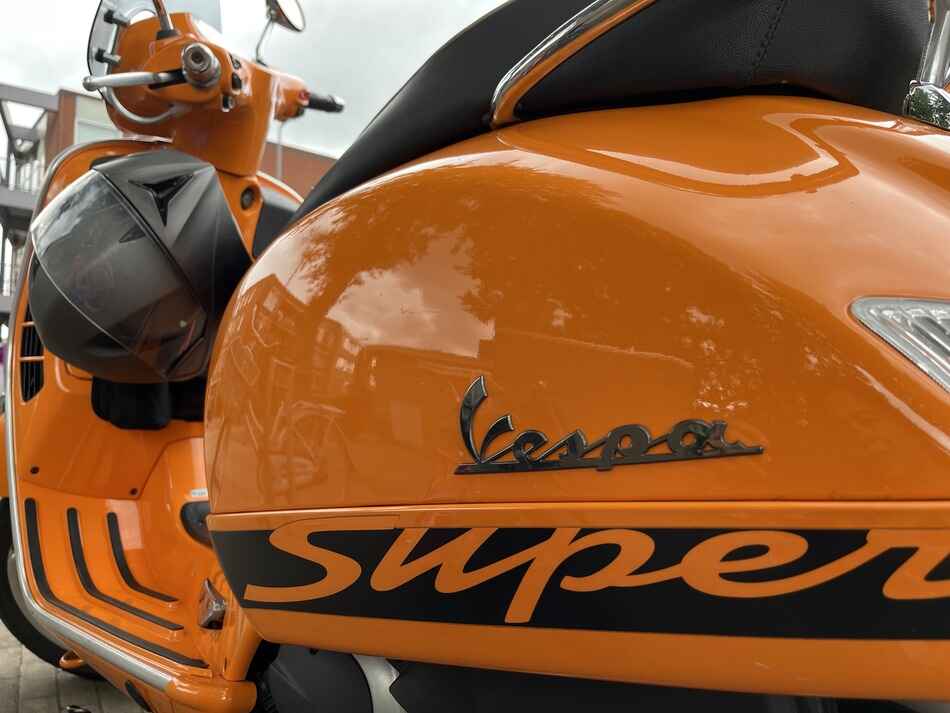
Rider’s Weight Matters
While engine capacity plays a significant role in determining how well a Vespa performs on hills, it’s essential not to overlook another crucial factor: the rider’s weight. Heavier riders may experience more difficulty when going uphill due to increased load on the engine.
If you’re considering a Vespa for hilly terrains and fall into the heavier weight category, opting for a higher engine capacity becomes even more important. In this case, it would be safe to go for the GTS model so you will not feel limited when driving. Not only will the engine be stronger but the GTS is considered a large-frame Vespa, making it more comfortable to drive as well.
And remember, taking a passenger along will add to the weight which again will affect the easiness of driving uphill on a Vespa.
Manual vs Automatic Vespa models for Uphill terrain
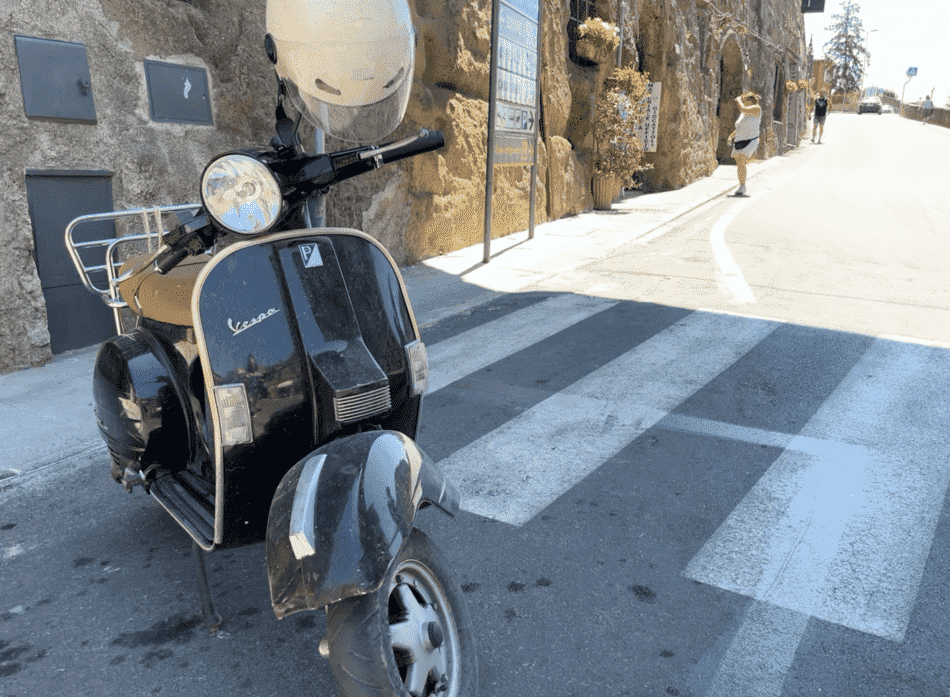
Driving a classic manual Vespa is a different experience than driving a modern automatic Vespa. A classic Vespa can easily shift gears if you notice that your engine is losing power when going uphill. There is a sense of control as a driver. Whereas with an automatic you need to maintain a steady speed without abruptly accelerating or decelerating.
That said, the modern Vespa engines should be strong enough to tackle a steep hill.
How to Enhance a Vespa’s Uphill Performance
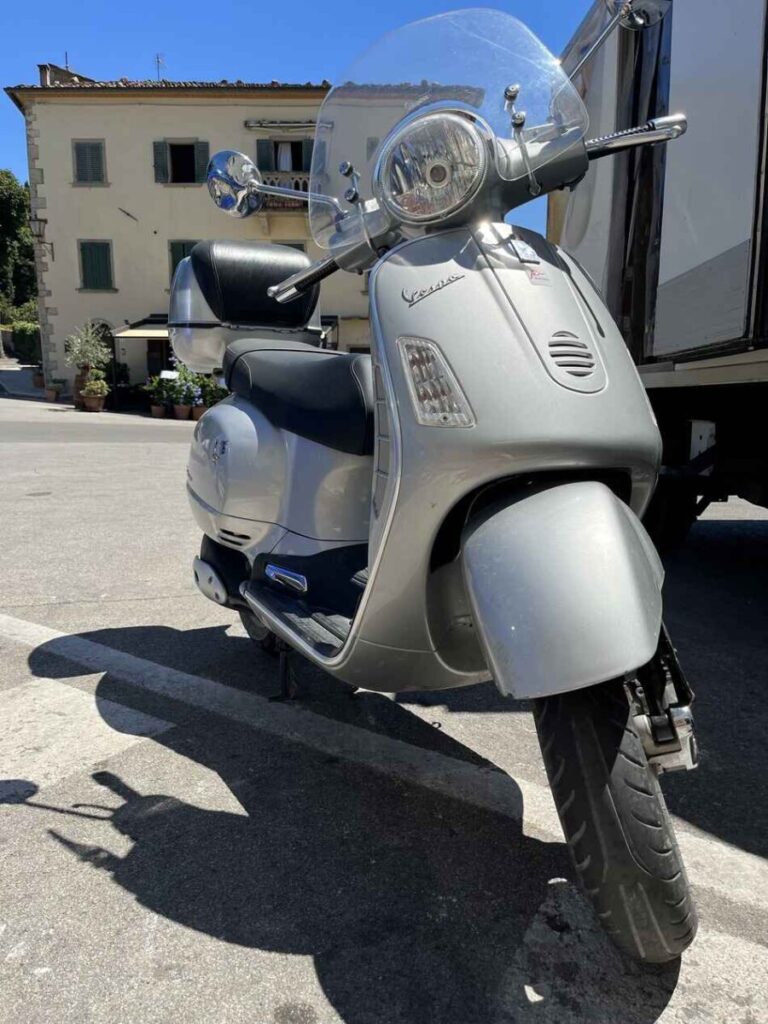
Besides a Vespa engine that is strong enough to take you uphill, there are other ways to increase the possibility to drive to the top of the hill.
✅ Regular Vespa Maintenance increases uphill performance
Maintenance is crucial for the overall performance of your Vespa. However by regularly maintaining and lubricating your Vespa’s suspension component you will keep them in optimal condition for tackling hills.
There are many things you can do to maintain your Vespa to save costs. Check this article where we explain the maintenance, even for those who are new to the Vespa world.
✅ Weight Reduction
Removing unnecessary accessories or opting for lightweight aftermarket parts reduces overall weight, making it easier for your Vespa to climb hills.
✅ Importance of Weight Distribution for Vespa’s Uphill Riding
Proper weight distribution plays a crucial role in ensuring optimal uphill riding on a Vespa scooter. Maintaining balance while ascending slopes is essential for stability and control. Distributing your weight evenly between the front and rear of the scooter helps maintain traction on both wheels during uphill climbs.
✅ Installing a larger engine to improve a Vespa’s uphill riding capability
Having a powerful engine is crucial. Upgrading your Vespa’s engine to a larger one can provide the extra horsepower needed to conquer those challenging uphill climbs. With a more robust motor, your Vespa will have increased torque, allowing it to effortlessly tackle even the steepest of hills.
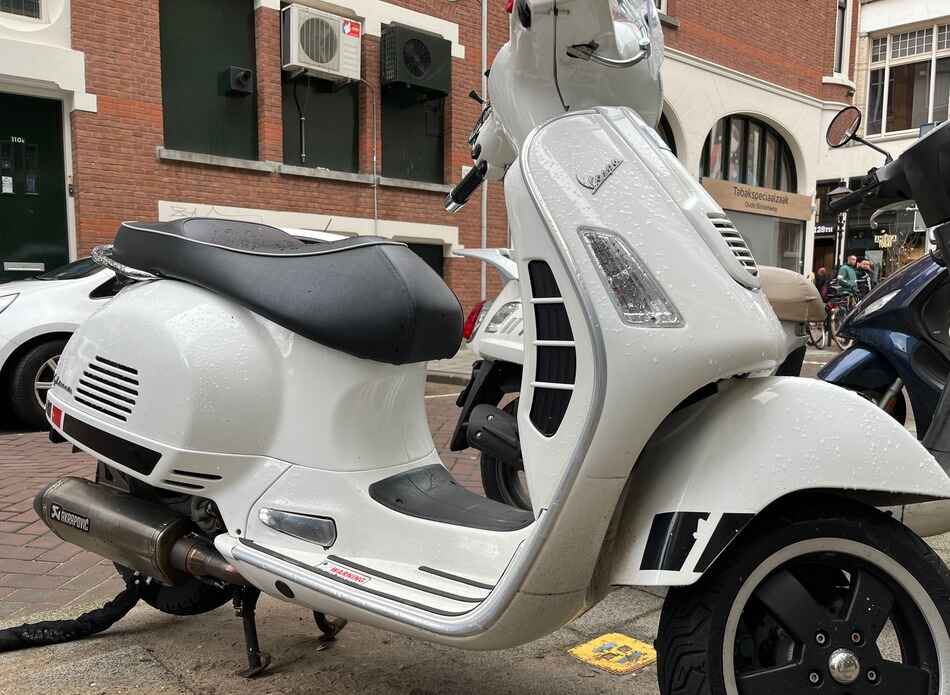
✅ Upgrading the exhaust system can enhance power delivery during climbs
To maximize your Vespa’s uphill performance, another essential upgrade is improving its exhaust system. The stock exhaust on most Vespas is designed for general use and may not optimize power delivery specifically for climbing hills. By replacing it with an aftermarket exhaust system, you can achieve better airflow and reduce back pressure, resulting in improved torque and horsepower.
Upgraded exhaust systems often feature larger diameter pipes and high-flow mufflers that allow gases to escape more efficiently. This enhanced flow helps your Vespa breathe better, providing increased power when you need it most – while conquering those challenging uphill sections of your ride.
For more info check out this store which specializes in Vespa parts.
✅ Adding aftermarket suspension components on your Vespa for uphill stability.
Maintaining stability is crucial when riding uphill on your Vespa. Installing aftermarket suspension components can significantly enhance your scooter’s performance by improving its handling and stability during climbs.
Upgrading to adjustable shock absorbers allows you to fine-tune the suspension settings according to the terrain you’re conquering. By adjusting the suspension to be slightly stiffer, you’ll minimize body roll and maintain better traction while ascending slopes. This upgrade ensures that your Vespa remains planted on the road, allowing you to confidently tackle even the most challenging uphill sections.
Tips and Techniques for Safely Riding Vespa Uphill and Downhill
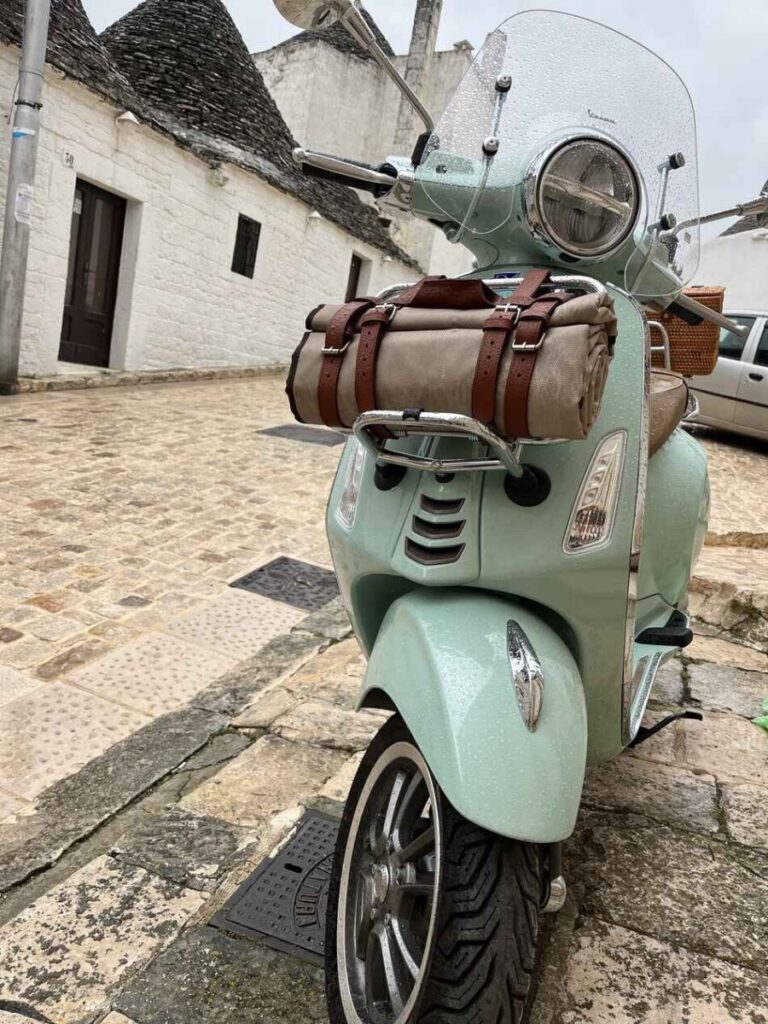
👍 Maintaing a steady speed is crucial when going uphill with a Vespa
When riding a Vespa uphill, it’s important to maintain a steady speed to ensure a smooth and controlled ascent. Going too fast can cause the scooter to lose traction, while going too slow may result in stalling or struggling to make progress. To maintain an optimal speed, it’s essential to find the right balance between throttle control and gear selection.
Start by assessing the incline of the hill before you begin your ascent. If the slope is particularly steep, consider shifting down to a lower gear to give your Vespa more power. As you start climbing, gradually increase the throttle while keeping an eye on your speedometer. Aim for a consistent speed that allows you to maintain momentum without pushing the scooter beyond its limits.
Remember that maintaining stability is key when going uphill. Keep your body centered over the scooter and avoid sudden movements that could upset your balance. By staying relaxed and focused, you’ll be better able to react to any changes in terrain or traffic conditions.
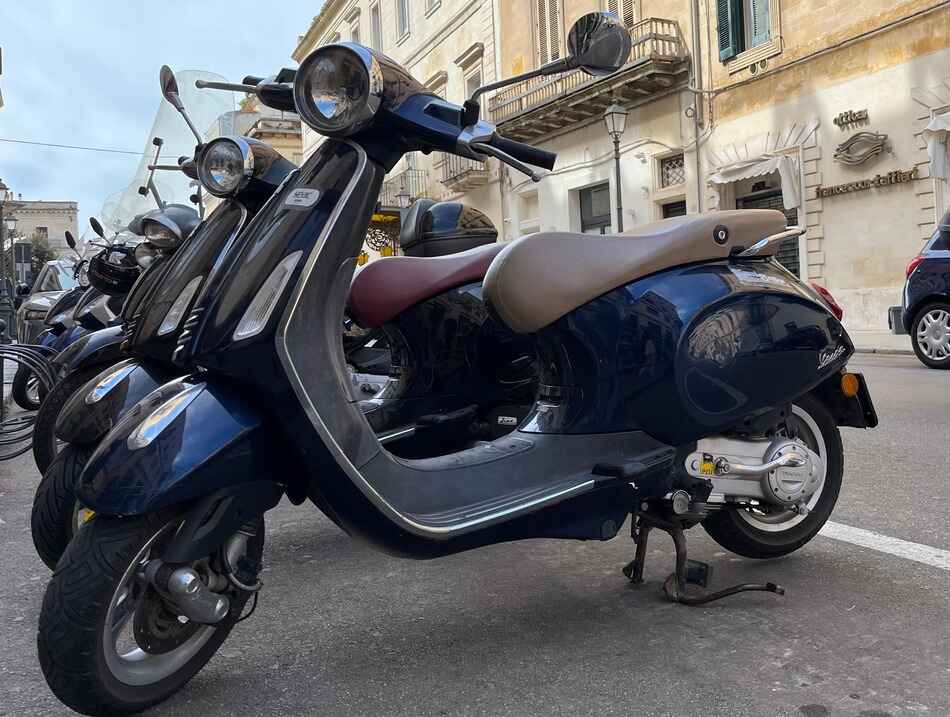
👍 Modulating throttle and brake inputs prevents loss of traction while climbing or descending slopes.
One of the most important techniques for safely riding a Vespa uphill or downhill is mastering the art of modulating throttle and brake inputs. This skill allows you to maintain control over your scooter’s acceleration and deceleration, reducing the risk of losing traction on slippery surfaces or during abrupt stops.
When ascending a hill, avoid giving too much throttle at once as this can cause the rear wheel to spin out and lose grip on the road surface. Instead, apply gentle pressure on the accelerator while gradually increasing it as needed. By doing so, you’ll distribute power evenly without overwhelming your tires.
Similarly, when descending a slope with your Vespa, relying solely on brakes can be risky. Excessive use of brakes may lead to skidding or loss of control. To prevent this, employ the engine braking technique by downshifting to a lower gear. This allows the engine’s compression to slow down the scooter, reducing the need for excessive brake usage.
Remember that smooth and gradual inputs are key. By being gentle with your controls, you’ll maintain stability and maximize traction, ensuring a safe ride uphill or downhill.
👍 Leaning forward slightly improves balance and control during uphill riding
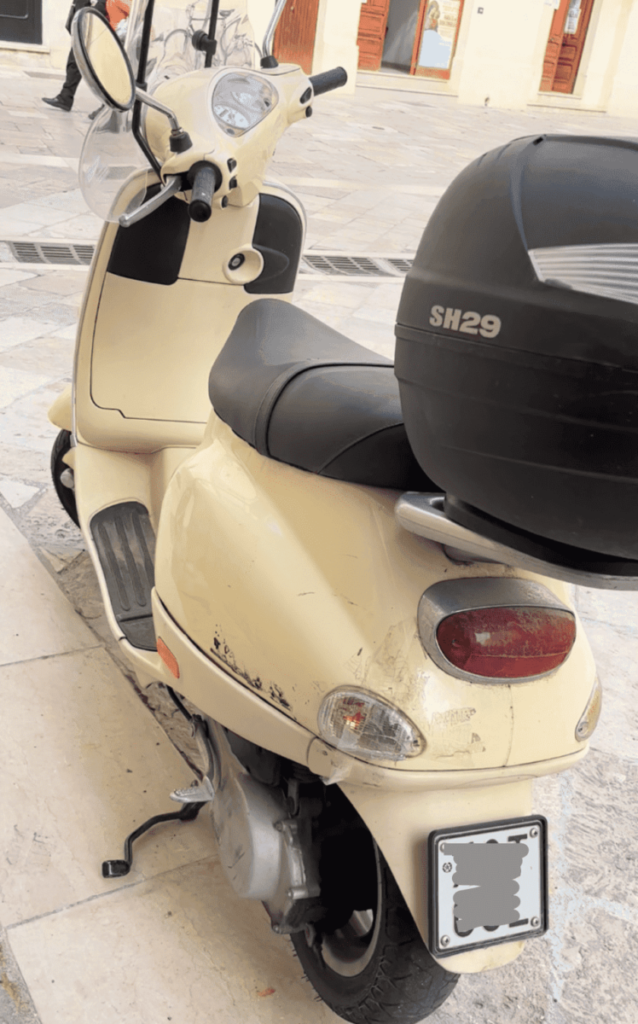
To enhance your balance and control while riding a Vespa uphill, try leaning forward slightly. This adjustment in body position can make a significant difference in how well you handle steep inclines.
Leaning forward shifts your center of gravity toward the front of the scooter, providing better weight distribution over both wheels. This added stability helps improve traction and prevents the front wheel from lifting off the ground on steeper slopes.
When leaning forward, be careful not to put too much weight on the handlebars as it may affect your ability to steer smoothly. Instead, focus on keeping your upper body aligned with the scooter’s frame while maintaining a relaxed grip on the handles.
Experiment with different degrees of lean until you find what works best for you. Remember that finding balance is crucial – leaning too far forward can be just as detrimental as leaning too far back. Practice this technique in a controlled environment before attempting it on challenging uphill terrains.
👍 Utilizing the engine braking technique aids in controlling speed while going downhill with a Vespa.
Descending hills can be exhilarating but also pose risks if not done correctly. When riding a Vespa downhill, utilizing the engine braking technique is essential for maintaining control over your speed and ensuring safety throughout the descent.
You can’t use this technique to the fullest on the modern Vespa as they do not have gears. But if you turn the throttle slightly towards you, you will notice that the engine will resist slightly. It will slow down your Vespa without putting excessive strain on the brakes.
For those driving a classic manual Vespa then engine braking is very efficient. It involves downshifting to lower gears rather than relying solely on brakes to slow down. To engage engine braking, start by gradually reducing your speed before downshifting. As you shift to a lower gear, release the throttle and let the engine’s compression do the work of slowing you down.

